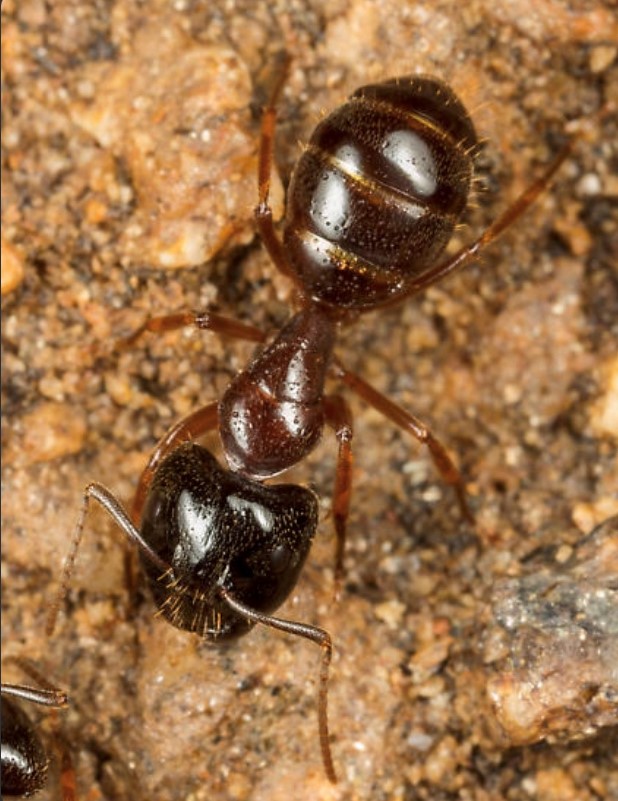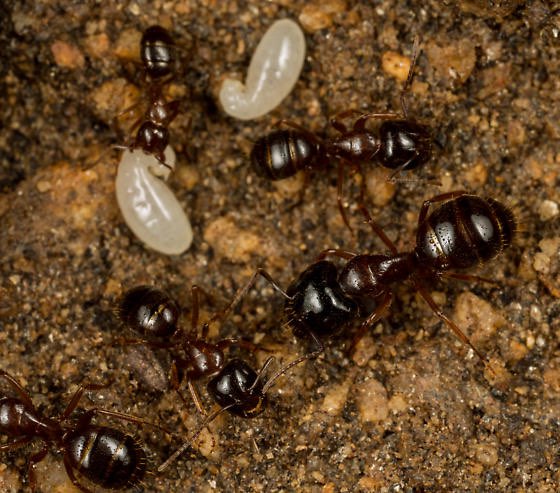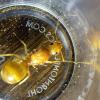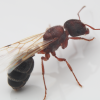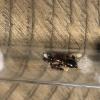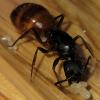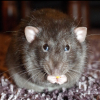I have an update about these C. us-ca01, after contacting P. S. Ward I was told they were finally described in 2019; their name being Camponotus johnsoni (Mackay 2019). I also asked him to address people calling C. anthrax as C. us-ca01 and whether it was a hybrid or not, this is what he had to say...
"This species is not closely related to Camponotus anthrax, and I would say that it is very unlikely to be a hybrid because there is no other species that is particularly closely related to it. From our molecular (DNA sequence ) work we find that C. johnsoni is in a clade (a clade is a group of related species with a unique common ancestor) that includes Camponotus vicinus, C. semitestaceus, C. maritimus, C. maccooki, and C. dumetorum."
He also stated that little was known about them besides the biomes and locality of where they are found and also their nesting habits. Saying that foraging habits, prey, and predators were unknow as he is not in the position to make those observations due to his location. P. S. Ward mentioned that his impression is they make colony sizes of ~100 to ~200 workers, but he has never collected an entire colony to prove this.
https://www.antweb.o...t=allantwebantsHere is a link to a queen alate of C. johnsoni.
Edited by Reign_Of_Rage, May 5 2021 - 2:28 PM.



